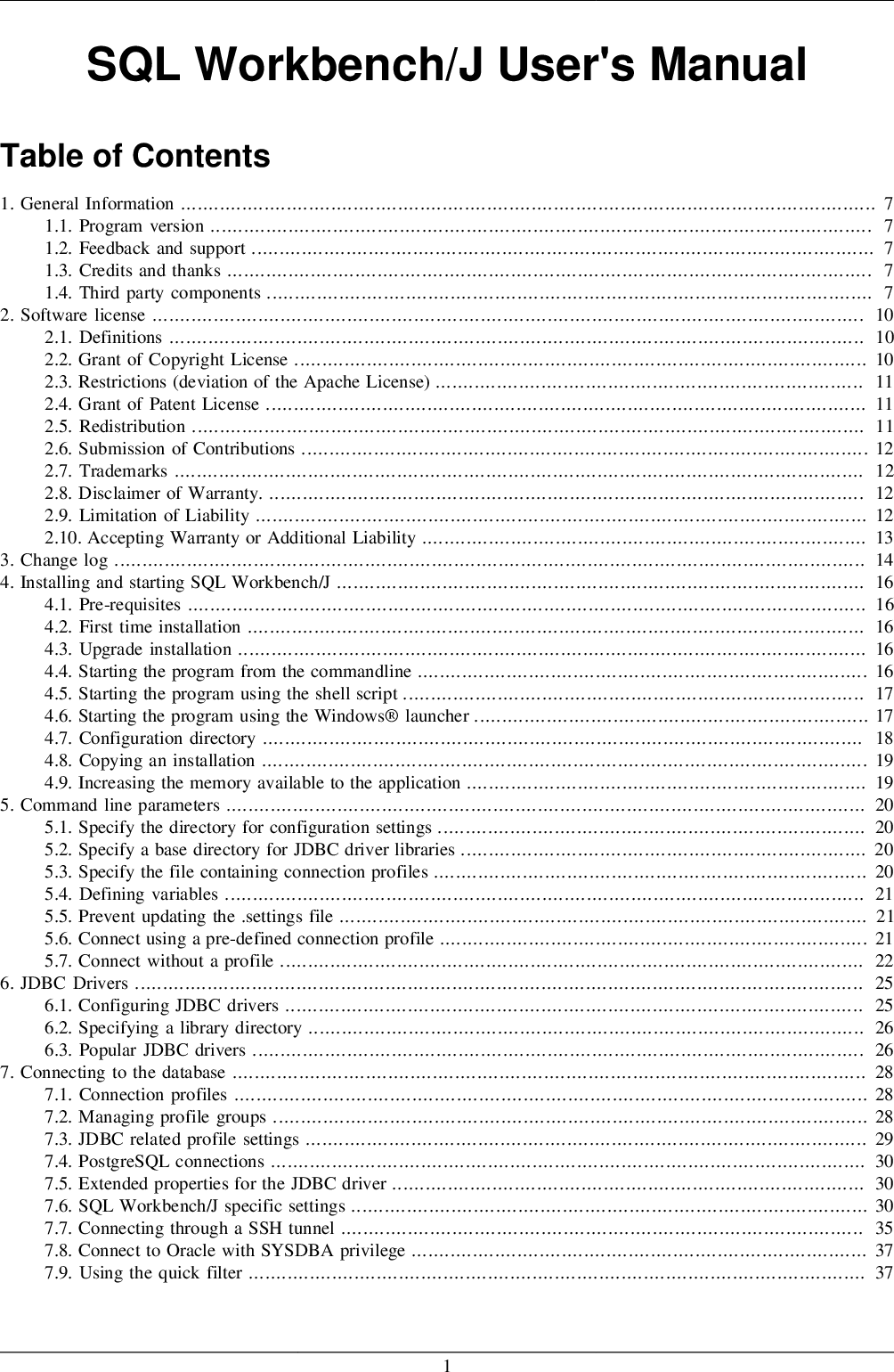Sometimes you are required to deliver data to your customers. What if you do not possess a beautiful CMS system such as WordPress? Of course, you could just set up a FTP server and provide your customers with login credentials. These who are technical aware will use a proper program to access the data (and thus won’t care for beauty), but those who do not know how to use such a tool will be prompted with something like that:
- Apache Web Server Download
- Sample Apache Web Server Log
- Tutorial Apache Web Server
- Apache Web Server History
- Apache Web Server Setup
- Simple Apache Web Server Tutorial
Connect your Apache web server to your DB instance Next, you add content to your Apache web server that connects to your Amazon RDS DB instance. To add content to the Apache web server that connects to your DB instance While still connected to your EC2 instance, change the directory to /var/www and create a new subdirectory named inc. Python-based web servers also support python-based modules (maybe they might allow you access to non-python things) via something called a WSGI stack; a WSGI application can run on any python-based web server (and Apache too, which also has a modwsgi); I think they are narrower in scope than Apache.
The Apache web server checks first if the user name provided may access this directory; If the name matches, the web server check if the password provided by the user matches the password in the htpasswd file; If the authentication was fine, the user can access the files provided in the directory. The Apache HTTP Server ('httpd') was launched in 1995 and it has been the most popular web server on the Internet since April 1996. It has celebrated its 25th birthday as a project in February 2020. The Apache HTTP Server is a project of The Apache Software Foundation. Apache httpd 2.4.46 Released 2020-08-07 ¶.

A real beauty, isn’t she? We can do much better than that. This time the idea is to create a download server for many customers – where each customer would need to receive individual files (imagine you providing 50 customers with 50 different PDF files). The restrictions? No FTP and – more important – no database. And no programming involved. Sounds impossible? Well no, thanks to the directory listing and the fancyindexing feature of the Apache web server you can create a quite beautiful download site for each individual customer. Results first:
The results can be quite stunning when you know your way around with HTML and CSS, but the more important fact is: we did use the Apache webserver for the result only. No database, no(t too much) coding, no FTP server involved. I promise.
The diagram above pretty much explains all the magic involved (simplified, of course).

- A user tries to access a folder on your site, for example: www.loremipsula.com/14522
- The Apache web server checks first if the user name provided may access this directory
- If the name matches, the web server check if the password provided by the user matches the password in the htpasswd file
- If the authentication was fine, the user can access the files provided in the directory.
The only thing that is VITAL is that the htpasswd file is not accessible to the general public (usually it is not).
The next step is to tell the Apache web server that Indexing should be allowed for a certain directory. This setting usually resides in the httpd.conf file of the web server (note: on OS X systems there is a separate file called {username}.conf in the directory /private/etc/apache2/users which overrules the settings from the httpd.conf!).
Let’s say I want to enable indexes, my directory tag could look like this – AllowOverride is set to All:
Note that there is a separate switch Indexes only. You may find more detailled information here. Now a separate .htaccess file will be accepted by the web server in my directories!
Apache Web Server Download
Let’s say I’ve got five different users: each user is assigned a unique number. Each user is assigned a password. For testing purposes, you can use this tool to generate several passwords for your users. If you have to create more users, you should either use the command line tool or use a script.
Download mac os capitan dmg. Finally, my htpasswd file looks as follows:
Sample Apache Web Server Log
Directx download mac os x. For testing purposes, the password for each user is ‘test’.

Tutorial Apache Web Server

Now let’s create one folder per user. Within each folder, we need to place a file called .htaccess with the following content (you need to change the location of the htpasswd file):
Although most of it should be clear, here’s a more detailled explanation:
The last step is about the design. As you may have seen, the purple section contains a lot of design-related settings:
As you can see, I currently:
Apache Web Server History
- Use my own header and footer files for a custom logo and custom text and
- Use my own icons for different files that reside in the directory
Apache Web Server Setup
All available options are explained in detail here. That’s almost it – now I just need to adjust the user in each and every .htaccess file and put it to the respective directory.
Please note that we are just using http basic authentication here which can be rather insecure if someone can access the traffic – the (hashed) passwords are transmitted base64 encoded only. If you plan to use this in combination with sensitive data, you should apply http digest authentication with apache.
Simple Apache Web Server Tutorial
If you need the sample project to give you a better start, feel free to download it here: project.
